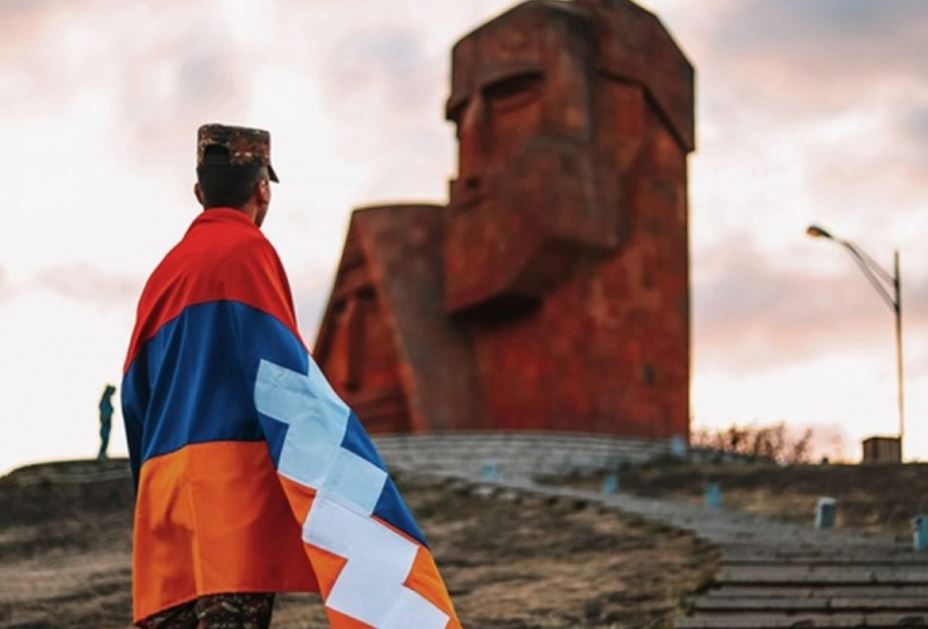Everyone’s actions must be known “by their fruits”
When I say that Armenia is moving towards the loss of statehood, I do not mean that the Armenian flag will not fly in front of the UN building in New York. , that flag will not have the meaning it had before November 9, 2020, and even more so, it will not have if Artsakh is depopulated and the attack on Armenia follows. If all that happens, perhaps there will still be some territory that will continue to be called the “Republic of Armenia.” Besides the flag, that area will have the president, prime minister, ministers, and the National Assembly.
The officials will be served by expensive cars, bodyguards, and thousands of “red berets.” Nothing will change in their lives. Those Armenians who stay here will probably not have much reason to complain either: their stomach problem will be solved, for better or worse. But as a state, we will have no meaning, influence, and, most importantly, no perspective. Here is the way I imagine the loss of statehood.
In other words, many phenomena in the world formally exist but are devoid of significance. Such is the case, for example, with the National Assembly of Armenia since 1995; the majority presses the “necessary button” in all cases.
Read also
In this case, it would be more rational for the government to adopt the laws because the meaning of keeping 107 deputies is purely symbolic. Like this kind of structure, the Republic of Armenia can be, in its entirety, existing only on paper, but having a lower status than Andorra, San Marino, or Lesotho. So as you know – a purely quantitative approach does not work here. On the other hand, if the question arises, what is more important: 120 thousand or 3 million? The assessment of that question cannot be made only from the point of view of morality. Otherwise, the debate becomes purely “lyrical”; people measure each other’s patriotism. Still, the problem should be considered at operational, tactical, and strategic levels. It is the only way to make political judgments, especially during wartime. If we look at those three levels, the sacrifice of 120 thousand leads to the destruction of 3 million.
Drawing a historical parallel, it can be said that Artsakh is “the crossing of Thermopylae” which will open the way for the enemy’s army. By the way, during the 44-day war, the enemy’s tactic was to find cracks in the junctions leading to the heart of Artsakh and then push into those cracks with great forces. In the west and north of Artsakh, the enemy did not find those cracks, but unfortunately, he did in the south.
In this way, the collapse of the state (which is undoubtedly the goal of our enemies) occurs by creating cracks. Let me give another example, this time from the diplomatic sphere. On April 13, 2022, Prime Minister Nikol Pashinyan announced. “The international community is telling us again: lower your bar a little on the status of Nagorno- Karabakh, and you will ensure a great international consolidation around Armenia and Artsakh. Otherwise, they say, please don’t count on us.” It’s the same logic again: we give up the little thing hoping to gain the big thing. But that logic can sometimes work and sometimes not.
In this case, the “small thing” was our demand for the sovereignty of Artsakh. We lowered and conceded. Has the “international community” (whatever we mean by that) consolidated? Even if it was consolidated, did it help us? Can the “consolidated international community” make Azerbaijan leave the road connecting Armenia and Artsakh free? And the longer that road remains closed, the greater the threat not only to the safety of the people of Artsakh but also to Armenian statehood.
Students ask their Teacher how to navigate complex social phenomena. The Teacher answers: recognize these phenomena according to the results, according to the fruits. Do you know which book is it from?
ARAM ABRAHAMYAN
























































